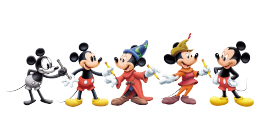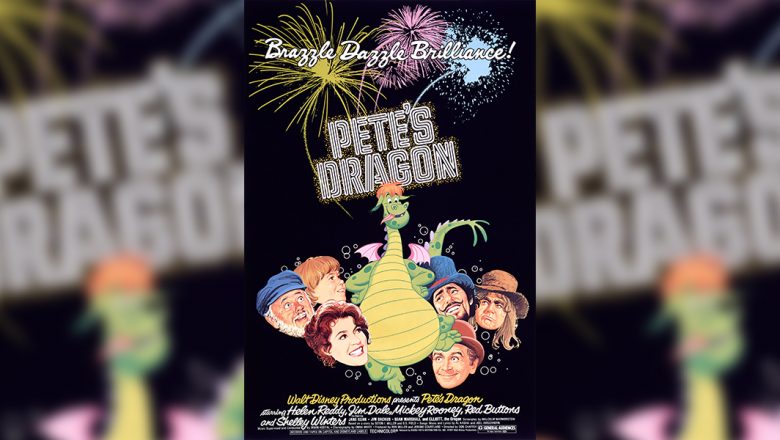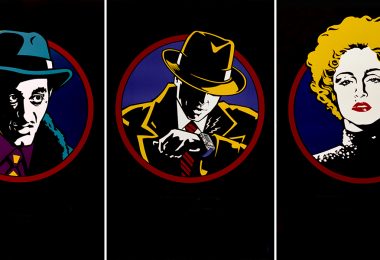By Melissa Pankuch, Walt Disney Archives
Originally conceived to be an episode of the Disneyland television series, Pete’s Dragon tells the story of a young orphan named Pete and a mischievous dragon, Elliott, which takes place in the quaint town of Passamaquoddy, Maine. On the anniversary of its general release in 1977, let’s take a look and uncover some of the magic behind the film!
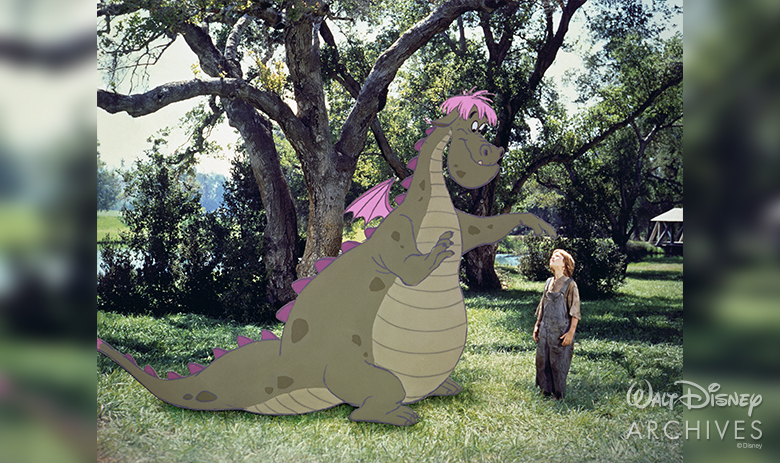
One of Walt Disney’s major contributions to the art of motion pictures was the novel technique of combining live-action photography with animated cartoons. This concept was utilized in multiple Disney projects prior to Pete’s Dragon, including The Three Caballeros, Mary Poppins, and Bedknobs and Broomsticks. In these examples, live-action characters had to interact with animated characters and backgrounds. Pete’s Dragon, however, posed a unique challenge to the studio: the process needed to be reversed. Placing an animated character into the live-action shots required incredible precision, and relied on the art direction of Disney Legend Ken Anderson and animation direction of Don Bluth to bring the character to life.

In a 1977 interview with American Cinematographer, Ken Anderson commented that “Every shadow had to fall exactly right. Whenever we drew an animated sequence. We had to know exactly where the light was falling in the live-action scene. Also, human skin tones change along with the quality of the light as they move from one exposure to another and at different times of day. Elliott’s color had to be adjusted accordingly.” The need for understanding the light within the scene led to a large collaboration between the live-action crew and the animation team. In essence, each live-action scene had to be composed with the animation in mind. Zooming in for a shot was nearly impossible due to the animators’ inability to match the action on the animation stand, and panning could only be done if the camera was tightly secured and there were precise points of reference in the shot that would help the animators find their marks. Overall, Elliott appeared in 1,770 feet of animation, amounting to 22 minutes of the final film.

When the actors in the film sought to interact with Elliott on screen, they required a way to help visualize him within the scene. For some sequences, layout artist Joe Hale would provide the actors with a “dragon finder”—a handheld shadow box that showed drawings of Elliott. By using this tool, the actors would be able to see how the scene would eventually look. In other instances, a physical manifestation of Elliott was necessary.
One such scene featured actress Helen Reddy; the script called for Reddy to give Elliott a kiss after he relights the wick of a lighthouse beacon, saving a ship from crashing into the rocks below. Seen in the below photographs, production provided a latex model of the dragon head for Reddy to rehearse with, which helped the actress to understand the dimensions of the character’s head and the distance she would need to move for the kiss to land. In a 1992 interview, Reddy explained: “When they were ready to shoot, they took the model away, and I worked without it. One does feel a trite foolish kissing thin air, so my first thought seeing it (on-screen) was, ‘Wow! There’s Elliott!’”
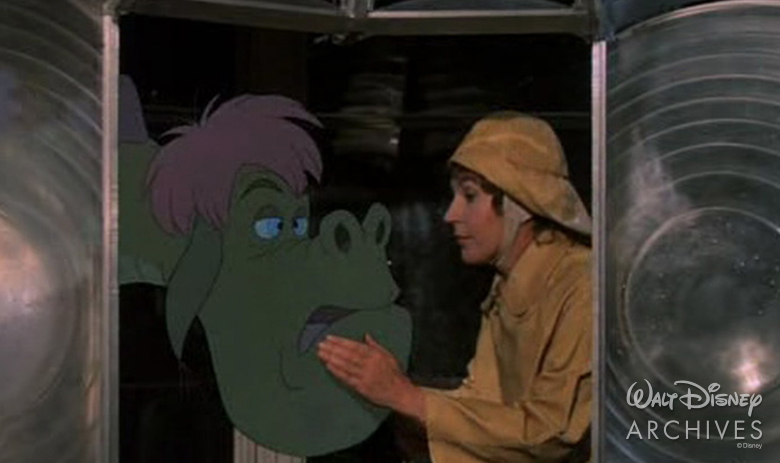
From Passamaquoddy to a screen near you, be sure to catch Pete’s Dragon now streaming on Disney+!


